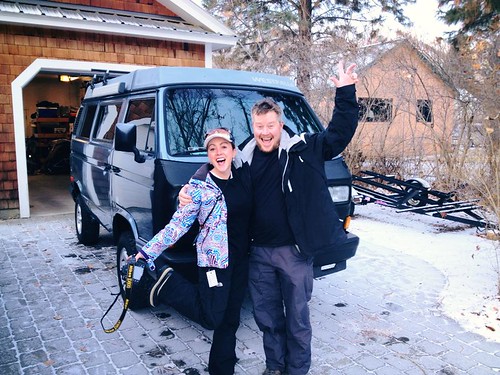AppFuse 3.0 Released!
![]() The AppFuse Team is pleased to announce the release of AppFuse 3.0. This release is AppFuse's first release as a 10-year old and includes a whole slew of improvements.
The AppFuse Team is pleased to announce the release of AppFuse 3.0. This release is AppFuse's first release as a 10-year old and includes a whole slew of improvements.
- Java 7 and Maven 3 are now minimal requirements
- Replaced MyFaces and Tomahawk with PrimeFaces for JSF
- Removed SiteMesh in favor of JSF's built-in layout support
- Added Wicket support
- Migrated from jMock to Mockito for tests
- Integrated wro4j and WebJars
- Migrated to Bootstrap 3 and defaulted to Bootswatch's Spacelab theme
In addition, this release includes upgrades to all dependencies to bring them up-to-date with their latest releases. Most notable are Spring 4, Spring Security 3.2 and Bootstrap 3. For more details on specific changes see the release notes.
What is AppFuse?
AppFuse is a full-stack framework for building web applications on the JVM. It was
originally developed to eliminate the ramp-up time when building new web applications. Over
the years, it has matured into a very testable and secure system for creating Java-based
webapps.
Demos for this release can be viewed at http://demo.appfuse.org. Please see the QuickStart Guide to get started with this release.
If you have questions about AppFuse, please read the FAQ or join the user mailing list. If you find any issues, please report them on the users mailing list. You can also post them to Stack Overflow with the "appfuse" tag.
Thanks to everyone for their help contributing patches, writing documentation and participating on the mailing lists.
We greatly appreciate the help from our sponsors, particularly Atlassian, Contegix, and JetBrains. Atlassian and Contegix are especially awesome: Atlassian has donated licenses to all its products and Contegix has donated an entire server to the AppFuse project.


 This year marked my
This year marked my 